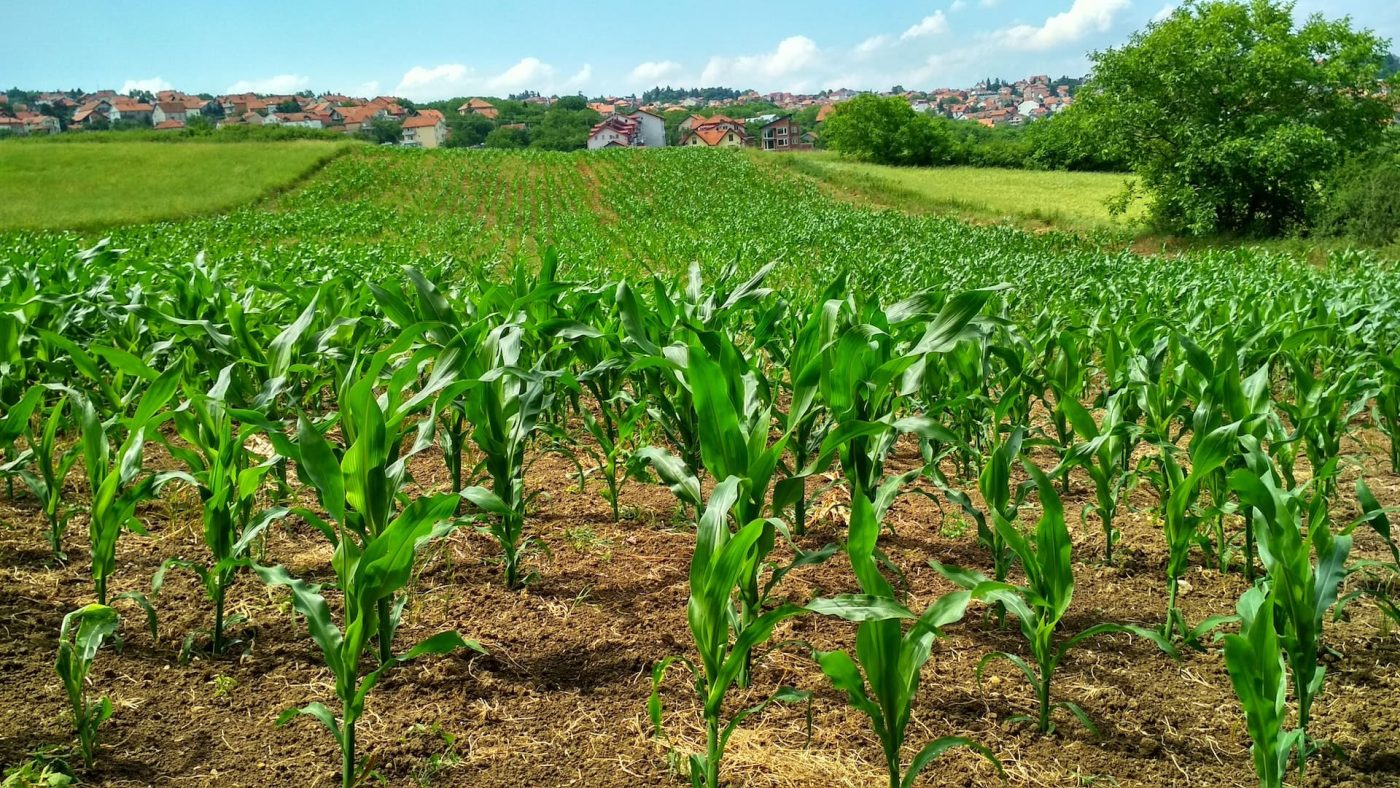YETRAC
Complete Guide to Corn Fertilization: Maximizing Yield and Quality
Complete Guide to Corn Fertilization: Maximizing Yield and Quality
Corn, also known as maize, is a staple crop with high demand worldwide. To achieve optimal growth and maximize yield and quality, proper fertilization practices are essential. In this comprehensive guide, we will explore the key steps and techniques for effectively fertilizing corn. From understanding nutrient requirements to selecting the right fertilizers and implementing strategic fertilization methods, you’ll gain valuable insights to optimize your corn production.
Soil Analysis
Before fertilizing your corn, it’s crucial to assess the nutrient content and pH level of your soil. Conduct a thorough soil analysis to determine any nutrient deficiencies or imbalances. This analysis will help you develop a targeted fertilization plan to meet the specific needs of your corn crop.
Macronutrients for Corn
Corn requires three primary macronutrients: nitrogen (N), phosphorus (P), and potassium (K). Nitrogen is essential for leaf and stalk growth, phosphorus promotes root development and flowering, and potassium contributes to overall plant health and disease resistance. Select fertilizers with the appropriate ratios of these macronutrients, such as a 4:2:1 ratio for N:P:K.
Starter Fertilizer
Consider using a starter fertilizer during planting to provide an initial nutrient boost to young corn plants. Starter fertilizers typically contain higher levels of phosphorus to support early root development. Apply the starter fertilizer in close proximity to the seed, ensuring it doesn’t come into direct contact with the seed to avoid potential damage.
Side-Dressing
Side-dressing is a common technique for applying additional fertilizer during the growing season. Around four to six weeks after planting, when the corn plants are actively growing, apply nitrogen-based fertilizers as a side-dressing. This helps meet the increasing nutrient demands of the growing crop.
Controlled-Release Fertilizers
Consider incorporating controlled-release fertilizers into your fertilization program. These fertilizers gradually release nutrients over an extended period, providing a consistent supply to the corn plants. Controlled-release fertilizers can reduce nutrient losses and optimize nutrient uptake by aligning with the crop’s growth stages.
Foliar Feeding
Supplemental foliar feeding can be beneficial for corn, especially during critical growth stages. Apply foliar fertilizers directly to the leaves, allowing for rapid nutrient absorption. Foliar feeding can help address nutrient deficiencies, boost plant health, and improve overall crop performance. Follow the recommended application rates and timing provided by the manufacturer.
Micronutrients
In addition to macronutrients, corn requires various micronutrients, including zinc, manganese, copper, and boron. These micronutrients play vital roles in plant metabolism and overall crop health. Conduct a soil analysis to identify any micronutrient deficiencies and apply targeted fertilizers or foliar sprays as needed.
Irrigation and Water Management
Proper irrigation is crucial for corn growth and nutrient uptake. Maintain adequate soil moisture levels throughout the growing season, especially during critical growth stages such as pollination. Implement irrigation techniques that provide uniform water distribution, avoid water stress, and minimize nutrient leaching.
Monitoring and Adjusting
Regularly monitor your corn crop for any signs of nutrient deficiencies or excesses. Yellowing leaves, stunted growth, or poor ear development may indicate nutrient imbalances. Adjust your fertilization program accordingly, either by applying targeted fertilizers or adjusting the rates and timing of application.
Achieving high-yielding and high-quality corn crops relies on proper fertilization practices. By conducting a soilanalysis, understanding nutrient requirements, selecting the right fertilizers, and implementing strategic fertilization methods, you can optimize your corn production. Remember to consider starter fertilizers, side-dressing techniques, controlled-release fertilizers, and foliar feeding for targeted nutrient delivery. Monitor your crop closely, adjust your fertilization program as needed, and ensure proper irrigation and water management. By following these guidelines, you’ll be well-equipped to maximize the yield and quality of your corn harvest, ensuring a successful and profitable corn production season.

